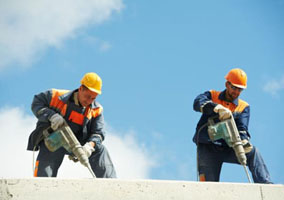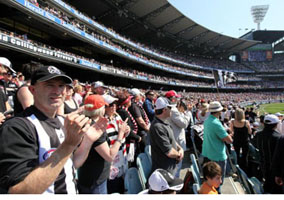An official website of the United States government
 United States Department of Labor
United States Department of Labor
This page provides an overview and basic descriptions of the Occupational Requirements Survey (ORS) environmental conditions elements. These requirements describe surroundings or conditions experienced by workers as they perform critical tasks in support of critical job functions.
The incidence of personal protective equipment (PPE) is identified for occupations that have exposure to hazardous contaminants; moving mechanical parts; high, exposed places; and loud noises. The duration of exposure workers have to these elements will be identified if exposure is not completely mitigated by PPE. These definitions correspond to the 2018 reference year estimates.
For more information about select Environmental Conditions and how they are calculated, please visit our factsheets page and our Handbook of Methods.
Job requires work outdoors with workers unprotected and exposed to the elements. This does not include the commute to/from work.


Exposure to non-weather related temperatures that are:
40 degrees or colder if the exposure is 2/3 or more of the work day
32 degrees or colder if the exposure is for less than 2/3 of the work day
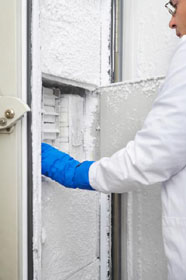

Exposure to non-weather related temperatures that exceed:
85 degrees in a humid atmosphere
90 degrees in a dry atmosphere
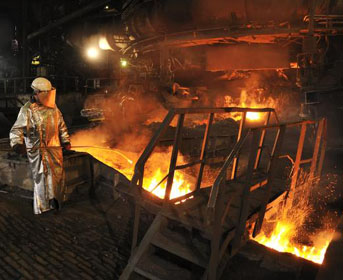
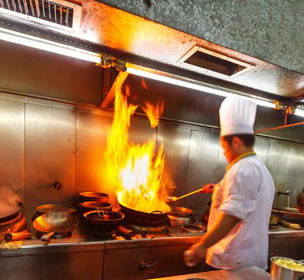
Any non-weather related contact with water or other liquids.
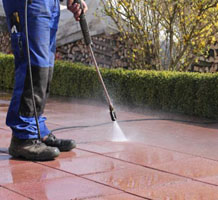

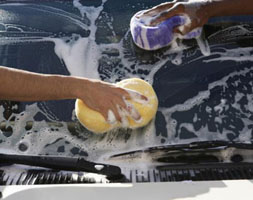
Non-weather related exposure to conditions where the air contains a high amount of water or water vapor and the atmosphere is oppressive.

Exposure to a shaking object or surface that causes a strain on the body or extremities.
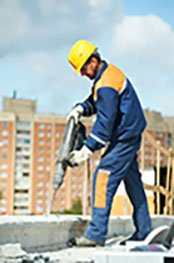
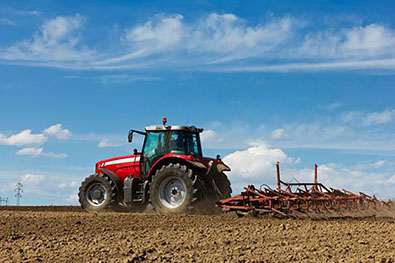
Exposure to a substance that negatively affects the respiratory system, eyes, skin or other living tissue via inhalation, ingestion, or contact.

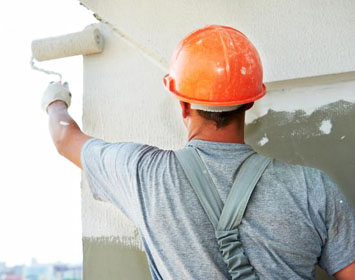
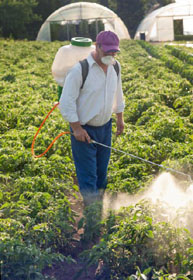
Proximity to Moving Mechanical Parts
Operation of or proximity to moving materials, mechanical parts, settings, or any moving objects (most commonly moving machinery or equipment) that could cause bodily harm.
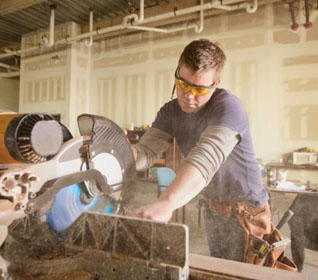

Exposure to possible bodily injury from falling.
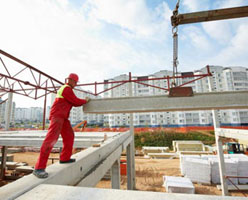
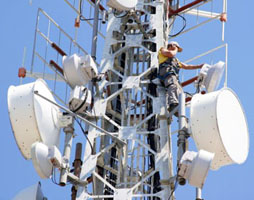
The noise intensity level to which the worker is exposed in the job:
Quiet, Moderate, Loud and Very Loud (Pictured clockwise)


